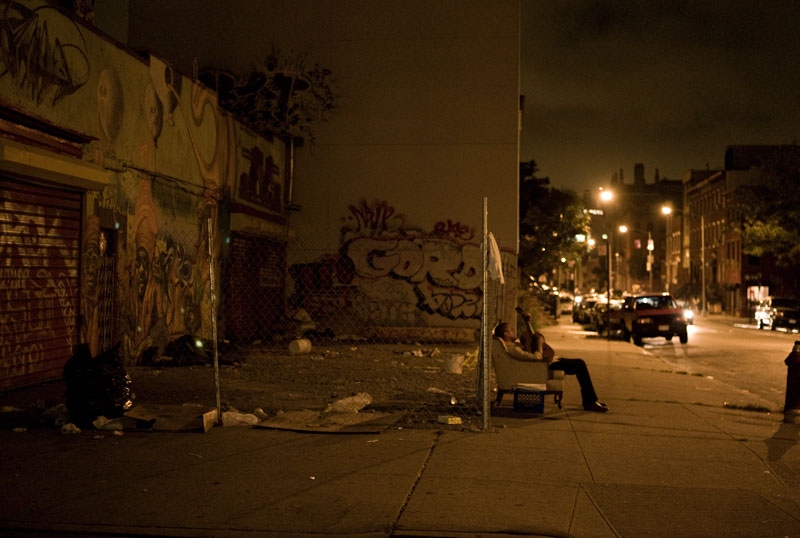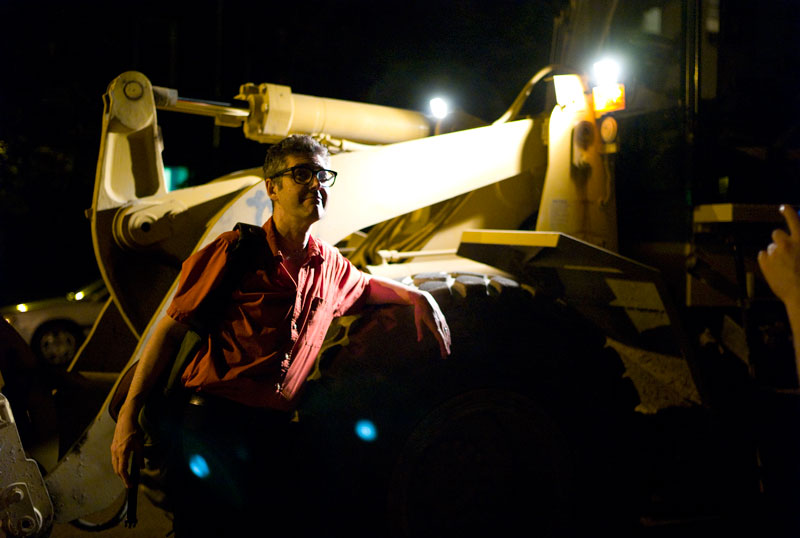please take a look at this test
http://www.dxomark.com/index.php/eng/DxOMark-Sensor/Camera-rankings
it's really interesting

Leica M8's sensor is seem really out of date...
any comments?
Andree[/QUOT
I found the test results to be exactly as my personal experience. Since I use the M8 , the D3 and the R9/DMR....it is easy to see how these three systems compare ....against my type of shooting.
It is quite easy to see the M8 sensor performance falls off as you increase the ISO. Even by going to 320 you start to lose dynamic range and color depth. But at 160 the M8 compares quite favorably to the D3 and with the advantage of Leica M lenses ..I think is way better.
Its pretty easy to see what you are loosing as you increase ISO and no question the Nikon sensor greatly extends your range of available light shooting.
The charts show that the M8 drops off significantly at 640....this doesn t mean you can t get great results ....but technically they will be inferior to shooting at 160. Occasionally I will start out in the morning shooting at 640 and forget to reset both cameras to 160 as the light improves. Later when I review the images based on capture time ...I can see the same scene at 160 and at 640 .. I keep looking for why the image isn t as sharp and then I find the ISO difference. Try it ..shoot a test chart at 160 and at 640 .
As an aside the R9/DMR blows away both the M8 and the D3 at ISO 100 but runs out at ISO 400...hardly enough for a DSLR system and long lenses.
The missing element is the contribution of the lenses. But overall the sensor evaluations mirror my observations and can provide some insights into best practices for use of each system.
Actually I was pleased to see how the M8 did against the Nikon sensor and I see an important place for both systems.



